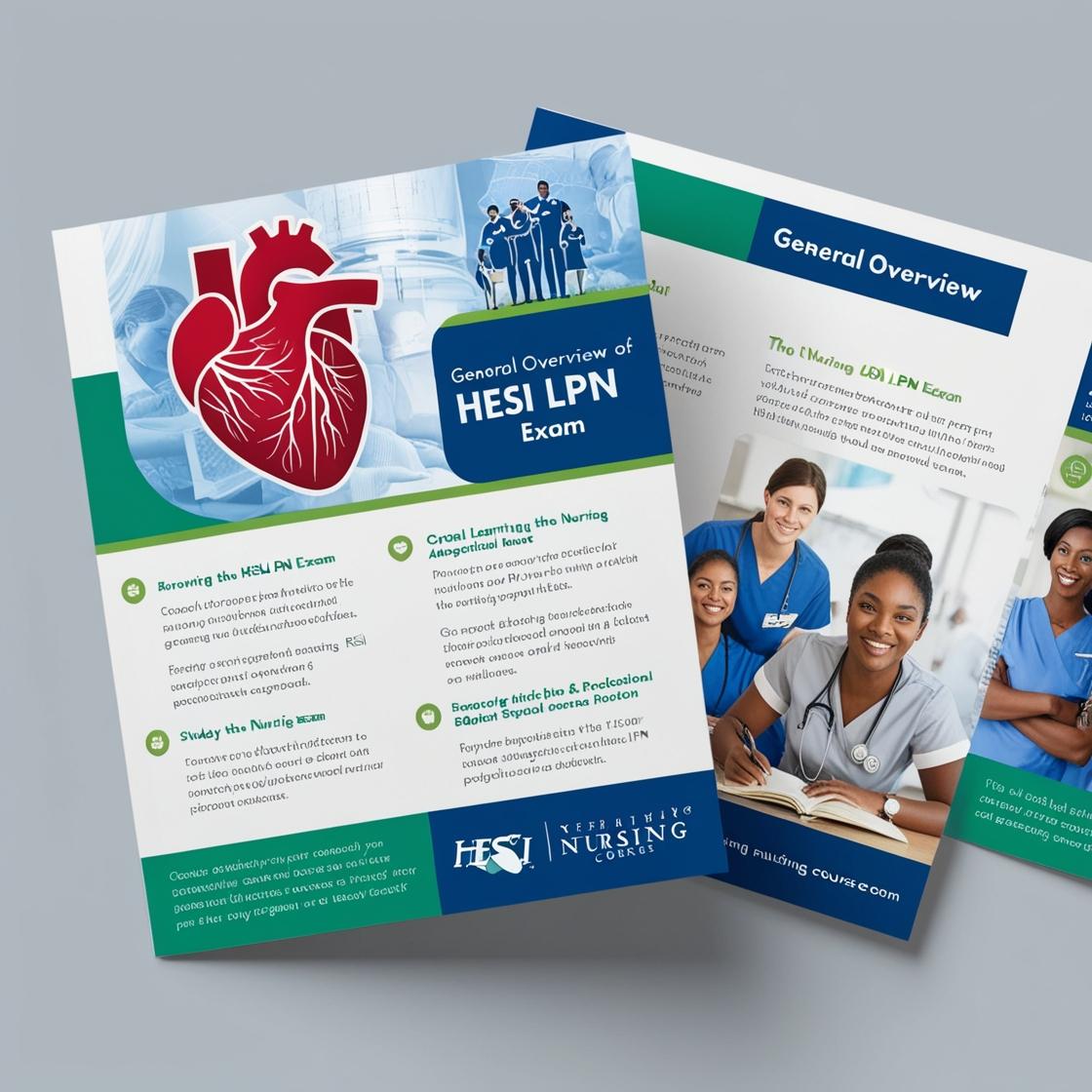HESI LPN
HESI Fundamentals Exam
1. The nurse is caring for a client with hyperthyroidism. Which finding should the nurse expect to observe in this client?
- A. Weight loss
- B. Cold intolerance
- C. Bradycardia
- D. Dry skin
Correct answer: A
Rationale: Weight loss is a common finding in clients with hyperthyroidism due to increased metabolic activity. Hyperthyroidism leads to an overactive thyroid gland, which results in an increased metabolic rate and often leads to weight loss despite a normal or increased appetite. Cold intolerance (Choice B) is more commonly associated with hypothyroidism, where the body's processes slow down. Bradycardia (Choice C) is a slow heart rate, which is not typically seen in hyperthyroidism; rather, tachycardia or an increased heart rate is more common. Dry skin (Choice D) is also not a typical finding in hyperthyroidism, as the skin is more likely to be warm and moist due to increased metabolic activity.
2. A healthcare professional is preparing to administer 750 mL of 0.9% sodium chloride IV to infuse over 7 hours. The healthcare professional should set the pump to deliver how many mL/hr?
- A. 107 mL/hr
- B. 75 mL/hr
- C. 90 mL/hr
- D. 60 mL/hr
Correct answer: A
Rationale: To calculate the mL/hr rate for the infusion, divide the total volume (750 mL) by the total time (7 hours). 750 mL ÷ 7 hours = 107 mL/hr. This means that the pump should be set to deliver approximately 107 mL/hr. Choice B (75 mL/hr) is incorrect because it does not reflect the correct calculation. Choice C (90 mL/hr) is incorrect as it does not align with the accurate calculation. Choice D (60 mL/hr) is incorrect as it does not match the correct mL/hr rate obtained through the calculation.
3. A client who is postoperative has paralytic ileus. Which of the following abdominal assessments should the nurse expect?
- A. Absent bowel sounds with distention
- B. Hyperactive bowel sounds with pain
- C. Normal bowel sounds with cramping
- D. Diminished bowel sounds with tenderness
Correct answer: A
Rationale: Paralytic ileus is a condition where there is a temporary paralysis of the bowel, leading to absent bowel sounds and abdominal distention. This occurs because the bowel is not functioning properly to propel contents, resulting in a lack of bowel sounds. Absent bowel sounds with distention are typical findings in paralytic ileus. Hyperactive bowel sounds with pain are more indicative of increased motility and are not expected in paralytic ileus. Normal bowel sounds with cramping may be seen in other conditions, such as gastroenteritis. Diminished bowel sounds with tenderness are not typical findings in paralytic ileus.
4. During passive range of motion (ROM) and splinting, the absence of which finding will indicate goal achievement for these interventions?
- A. Atelectasis
- B. Renal calculi
- C. Pressure ulcers
- D. Joint contractures
Correct answer: D
Rationale: The correct answer is D: Joint contractures. When a healthcare provider performs passive ROM and splinting on a patient, the goal is to prevent joint contractures. Joint contractures result from immobility and can lead to permanent stiffness and decreased range of motion. Atelectasis (choice A) is a condition where there is a complete or partial collapse of the lung, commonly due to immobility, but not directly related to passive ROM or splinting. Renal calculi (choice B) are kidney stones and are not typically associated with ROM exercises. Pressure ulcers (choice C) result from prolonged pressure on the skin and are prevented by repositioning the patient, not specifically addressed by ROM and splinting exercises.
5. Which client statement from the assessment data is likely to explain their noncompliance with propranolol hydrochloride (Inderal)?
- A. I have problems with diarrhea.
- B. I have difficulty falling asleep.
- C. I have diminished sexual function.
- D. I often feel jittery.
Correct answer: C
Rationale: The correct answer is C. Propranolol hydrochloride (Inderal) is known to cause side effects such as diminished sexual function, which can lead to noncompliance with the medication due to its impact on quality of life. Choices A, B, and D are less likely to be associated with propranolol hydrochloride. While diarrhea, difficulty falling asleep, and feeling jittery are possible side effects of propranolol, they are not as commonly reported as diminished sexual function. Therefore, choice C is the most likely reason for the client's noncompliance.
Similar Questions

Access More Features
HESI LPN Basic
$69.99/ 30 days
- 50,000 Questions with answers
- All HESI courses Coverage
- 30 days access @ $69.99
HESI LPN Premium
$149.99/ 90 days
- 50,000 Questions with answers
- All HESI courses Coverage
- 30 days access @ $149.99
